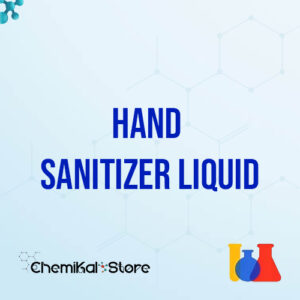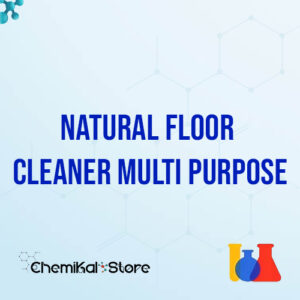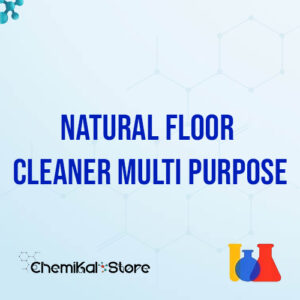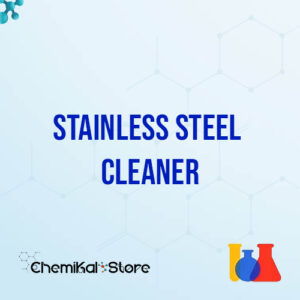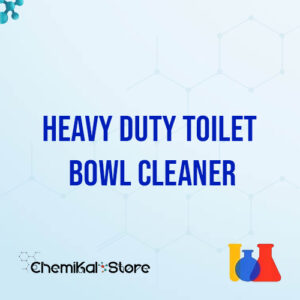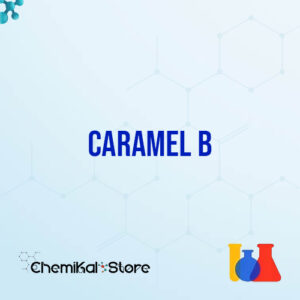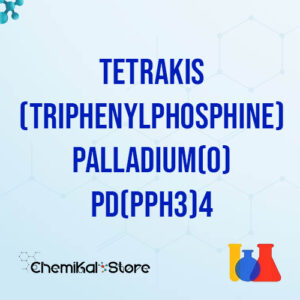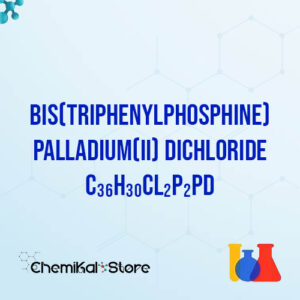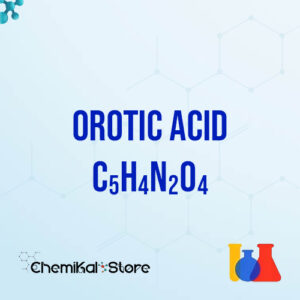Chemicals are substances with defined compositions and properties, playing a vital role in industries, laboratories, and everyday life. Understanding the different types of chemicals is essential for safe handling, effective application, and regulatory compliance. This guide explores the main categories, examples, and uses of chemicals across various sectors.
Chemicals can be classified in several ways, including by their composition, state, function, and hazard potential.
1.
-
: Pure substances consisting of only one type of atom (e.g., oxygen, iron).
-
: Substances formed from two or more elements chemically bonded (e.g., water, sodium chloride).
-
: Physical combinations of two or more substances (e.g., air, alloys).
2.
-
: Fixed shape and volume (e.g., sodium chloride, graphite).
-
: Fixed volume, take the shape of the container (e.g., water, ethanol).
-
: No fixed shape or volume, expand to fill the container (e.g., oxygen, nitrogen)1.
3.
-
: Found in nature (e.g., water, minerals, plant extracts).
-
: Man-made through chemical processes (e.g., plastics, pharmaceuticals)2.
4.
-
: Contain carbon-hydrogen bonds (e.g., methane, ethanol).
-
: Do not contain carbon-hydrogen bonds (e.g., salts, metals)3.
Chemicals are also grouped by their function or reactivity:
-
: Release hydrogen ions in water, often corrosive (e.g., hydrochloric acid, sulfuric acid).
-
: Release hydroxide ions, often slippery and bitter (e.g., sodium hydroxide, potassium hydroxide).
-
: Formed from acid-base reactions (e.g., sodium chloride, calcium carbonate).
-
: Promote oxidation, can be reactive (e.g., hydrogen peroxide, potassium permanganate).
-
: Donate electrons, reduce other substances (e.g., carbon monoxide, sodium thiosulfate)1.
-
: Produced in large quantities for general use (e.g., ammonia, sulfuric acid).
-
: Manufactured for specific applications (e.g., pharmaceuticals, dyes).
-
: High purity, used in research and specialty industries (e.g., active pharmaceutical ingredients)4.
| Type | Examples | Common Uses |
|---|---|---|
| Acids | Hydrochloric acid, sulfuric acid | Cleaning, manufacturing |
| Bases | Sodium hydroxide, ammonia | Soap making, cleaning |
| Salts | Sodium chloride, calcium carbonate | Food seasoning, construction |
| Organic Compounds | Ethanol, acetone | Solvents, fuels, pharmaceuticals |
| Inorganic Compounds | Sodium chloride, iron oxide | Industry, construction |
| Oxidizers | Hydrogen peroxide, potassium permanganate | Disinfection, bleaching |
| Flammable Liquids | Ethanol, acetone | Solvents, fuels |
| Toxic Chemicals | Formaldehyde, arsenic | Preservatives, pesticides |
| Gases | Oxygen, chlorine | Medical, water treatment |
Chemicals are also classified by their potential hazards:
-
: Easily ignite (e.g., ethanol, acetone).
-
: Cause damage to living tissue or materials (e.g., hydrochloric acid).
-
: Harmful or fatal if inhaled, ingested, or absorbed (e.g., cyanide, mercury compounds).
-
: Can explode or react violently (e.g., sodium, potassium).
-
: Baking, cleaning
-
: Chalk, antacids
-
: Alcoholic beverages, disinfectants
-
: Bleaching, wound cleaning
-
: Nail polish remover
| Chemical Name | Formula | Application |
|---|---|---|
| Sodium bicarbonate | NaHCO₃ | Baking, cleaning |
| Ethanol | C₂H₅OH | Disinfectant, solvent |
| Acetone | C₃H₆O | Nail polish remover |
| Calcium carbonate | CaCO₃ | Chalk, antacids |
| Hydrogen peroxide | H₂O₂ | Bleaching, cleaning |
| Sodium chloride | NaCl | Food seasoning, de-icing |
Chemicals are diverse and essential to modern life, spanning natural and synthetic, organic and inorganic, and hazardous and non-hazardous categories. Understanding the types of chemicals, their properties, and uses is key for safe handling and effective application in both industry and daily life.

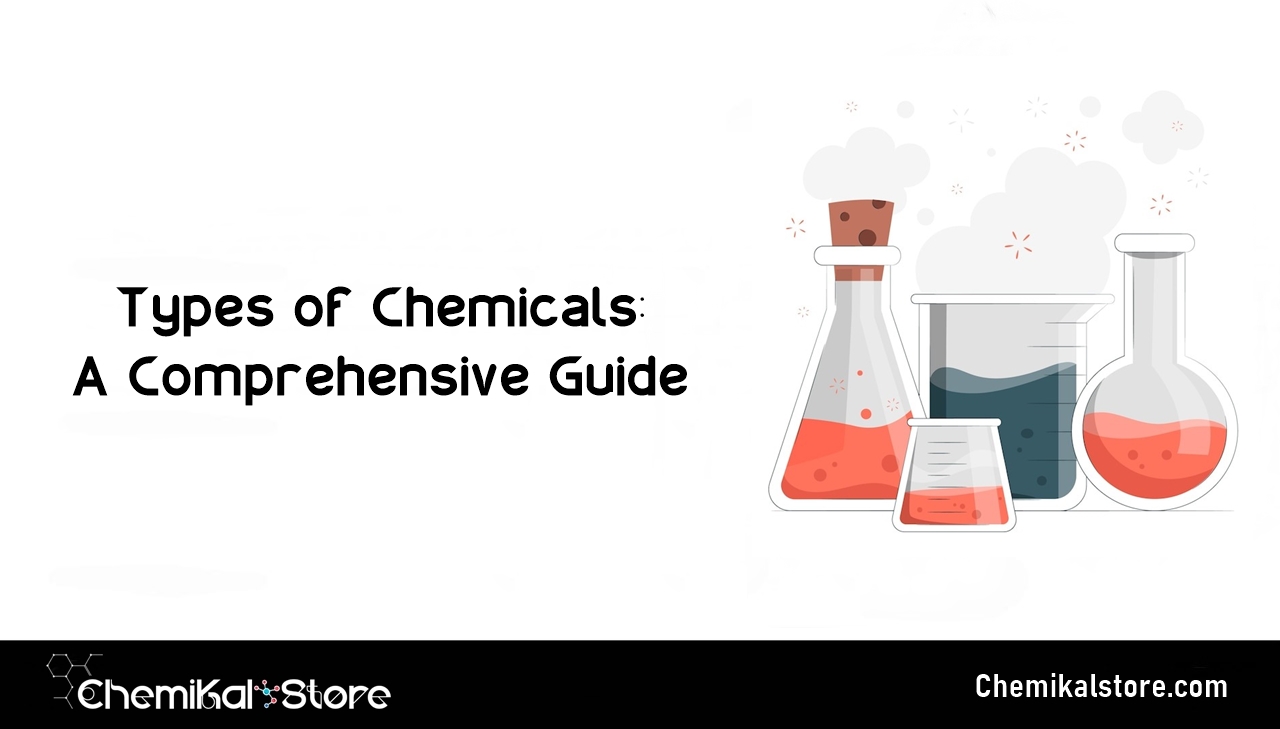
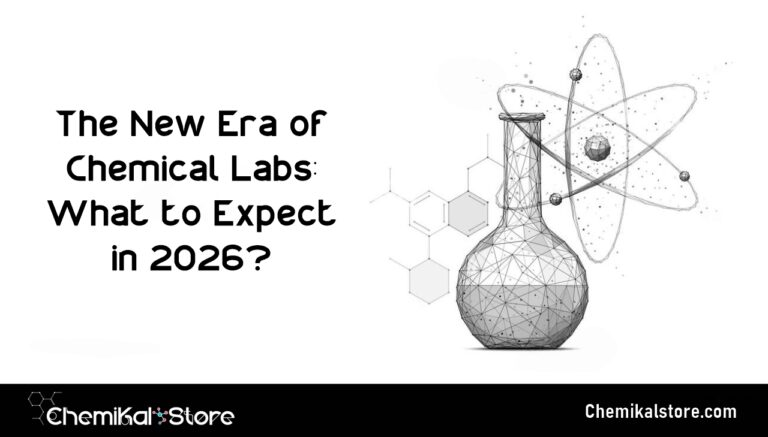
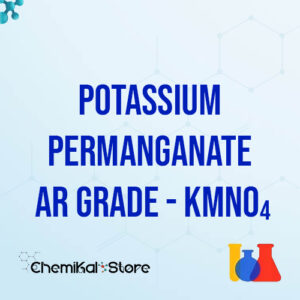 Potassium Permanganate - AR Grade
Potassium Permanganate - AR Grade 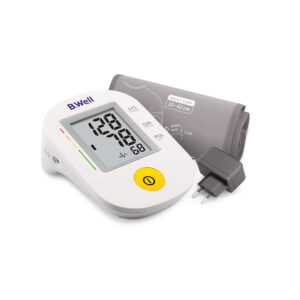 Easycare Big Display Digital Blood Pressure Monitor
Easycare Big Display Digital Blood Pressure Monitor 